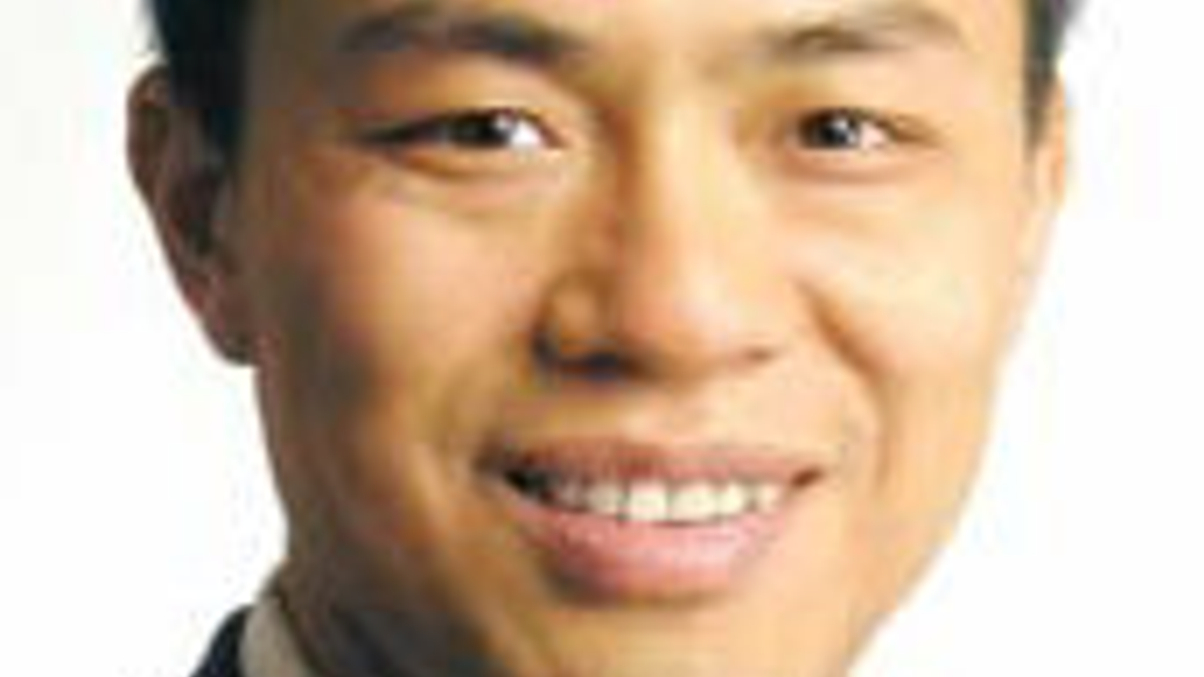Lippo Investment Management outlines fund-of-ETFs strategy
Last week, AsianInvestor spoke to the Hong Kong-based firm’s management team about its plans and thoughts on the exchange-traded funds market.

Exchange-traded funds as single instruments are well known to many investors by now, but funds of ETFs (FoETFs) may be rather less familiar products, particularly in Asia.
Sign in to read on!
Registered users get 2 free articles in 30 days.
Subscribers have full unlimited access to AsianInvestor
Not signed up? New users get 2 free articles per month, plus a 7-day unlimited free trial.
¬ Haymarket Media Limited. All rights reserved.


